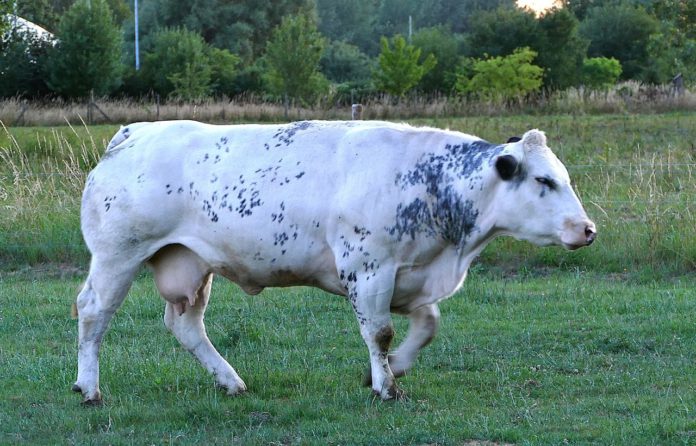Action 5 SCEP – Calving Details & Surveys
Intertwining some measures from the previous CAP’s BDGP and BEEP-S, the DAFM’s new €260m Suckler Carbon Efficiency Programme (SCEP) revolves around five main actions.
Readers should note that the new SCEP should not be confused with the National Beef Welfare Scheme 2023, which, as previously reported by That’s Farming in this news article, is BEEP-S’ replacement in the new programme.
Meanwhile, the SCEP is BDGP’s replacement and, according to the DAFM, aims to “provide support to beef farmers to improve the environmental sustainability of the national beef herd”.
In this news article on That’s Farming, we looked at the three primary eligibility requirements relating to SBLAS membership, submitting a BISS application and calving at least 50% of your reference number annually.
SCEP – 5 actions
The scheme’s objective is to “build on the gains delivered in recent years through the BDGP and BEEP by improving the genetic merit of the Irish suckler herd”.
Once you are accepted into the scheme, you are required to carry out five main actions as follows:
- Eligible bull/ eligible AI, as explained in this news article;
- Female replacement strategy, as outlined in this news article;
- Genotyping, as detailed in this news article;
- Weighing and submission of weights to ICBF, as highlighted in this news article;
- Calving details and surveys (5A and 5B) – See below.
For the purpose of this news article, as part of a new mini-series, That’s Farming editor, Catherina Cunnane, takes a look at action number 5A, which revolves around calving details and action B5, surveys.
Action 5A
As stated in the scheme’s terms and conditions, applicants are required, in addition to meeting existing statutory requirements for tagging and registration (tag and register all calves with the DAFM’s registration agency in Clonakilty, Co Cork, with 27 days of birth), farmers must also complete the calving ease survey for each animal.
B) Surveys
Each year, applicants will be required to complete survey forms supplied by the ICBF in respect of all eligible cows, calves and bulls on his/her holding and return these to the ICBF.
Applicants will be provided with notebooks for daily field recording (e.g. details of calf size and vigour), and the recorded data should then be utilised to complete the appropriate survey forms supplied by the ICBF on an annual basis.
The DAFM, has stated in the scheme’s terms and conditions, that to ensure the validity of all data recorded, all calves born in the herd must be maintained on the holding for at least five months.
The survey forms supplied annually will request data as required by the ICBF and may include, but not limited to, as previous BDGP applicants may be familiar with:
Commitments:
- 1 – Calf sire, calving ease, birth size and calf vigour – Closing date for data: Feb 15th, annually;
- 2 – Calf quality, calf docility, dam docility, dam milk-ability, dam mothering ability, dam’s feet and legs, dam teat score, dam’s udder score and dam departure reasons: Closing date for data: Feb 15th
For scheme year 1, which runs from July 1st, 2022, to June 30th, 2023, a farmer must submit all data by February 15th, 2024.
5A, as outlined above, data collection – record keeping – makes up 10% of a farmer’s total SCEP payment, while 5B data collection – event recording – accounts for a further 10%.
Penalties and sanctions
For 5A, data collection – record keeping, for 80-100% submitted, there will be a proportionate reduction based on the % of data submitted.
Then, for under 80% submitted, there will be no payment for data collection for the year the breach occurs, plus a 10% penalty.
Under 5B, for 80-100% submitted, there will be a proportionate reduction to a farmer’s payment based on the percentage of data submitted.
Then, for under 80%, there will be no payment for data collection for the year the breach occurs, plus a 10% penalty.
See more farming news on That’s Farming.





